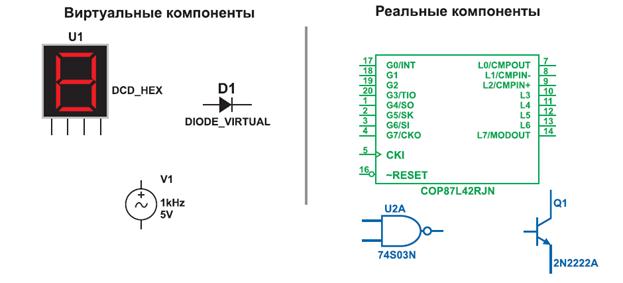Ex.17. Answer the following questions.
1. Define the concept of a labour market, and identity other institutions and organizations that interact with it.
2. Document the major differences in occupational rewards, in terms of income and fringe benefits.
3. Define an internal labour market and give three major examples.
4. Explain how age, gender, disability, or race can be the basis for excluding individuals with these characteristics from primary labour markets.
5. What is your assessment of the extent of discrimination in your local labour market? Which groups are discriminated against, and how does this discrimination occur? Do you see any way of constructively addressing this problem?
6. Observe the level of labour force participation in your immediate neighbourhood or community. Now look beyond the formal labour force. What other forms of work, paid or unpaid, are important for your neighbours? Examine how people's activities in the paid labour force are integrated with their household, childcare, and informal sector activities.
7. Discuss the key factors responsible for the historical changes in male and female labour force participation rates.
8. Apply the themes of gender, class, and region to the occupations in your community. Observe the following: how the occupational structure is gendered; the ways in which occupations give rise to distinct social classes; and the influence of regional industrial development on occupational opportunities. Your observations may only be general, but try to get a feel for what it is like to do this kind of sociological analysis.
9. Imagine that you have just been appointed to a Royal Commission with the goal of finding solutions to the problem of high unemployment. Based on your any pervious readings you consider relevant, what would you recommend? Also present the rationale for your recommendations, based on an analysis of the causes of high unemployment.
10. On balance, do you think that workers in non-standard work situations prefer them to having a secure, full-time job?
TEXT B: HIGHLY-, SEMI- AND UNSKILLED LABOUR
|




